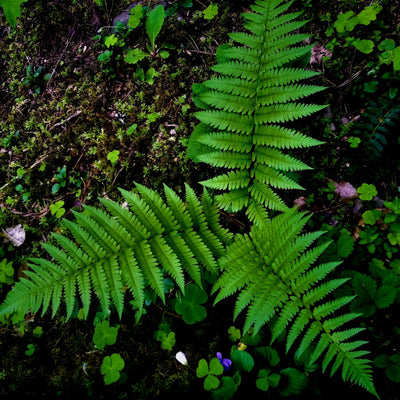How to Grow and Care for Lady Fern: Tips and Techniques
The Lady Fern is a type of fern plant that can grow up to 2 meters tall. Its scientific name is Athyrium filix – femina. This plant has diamond-shaped fronds which taper at both ends. These fronds (compound leaves) comprise 20-30 leaflets called pinna on both sides of the front. This pinna is tapering towards the end. Underneath the leaflets are sori which have sporangia for reproduction. The leaves of the lady fern are generally yellow-green or light green, but they may turn reddish-brown as seasons progress. It is a deciduous fern that sheds its leaves in the first frost.
The natural habitat of the Lady Fern is swampy and moist areas. Along river streams, meadows, and wet forests are some areas where this plant can be found. In homes, this plant will love areas that have moist shades. It may be potted or grown directly on land. Though this fern prefers shaded, moist soil, it tolerates dry soil and direct sunlight. Its propagation is slow but may overgrow if left unchecked for an extended period.
The Lady Fern is mainly cultivated for its aesthetic appeal. It is also known for providing an excellent solid cover, which prevents moisture loss. The root-like stem and the plant roots are claimed to have medicinal value. They have been associated with healing digestive tract, cough, and breathing problems. People indigenous to the Pacific Northwest used the Lady Fern fronds as mats for drying berries.
Growing Lady Ferns is easy. These plants will do well in the shady garden area where not many thrive. Keep the soil wet and add some compost to encourage healthy growth. Once planted, only minimal care is needed. It is resistant to most Pests and Diseases.
Spring is the time to harvest and propagate the Lady Fern. Look for fiddleheads that appear as sprouts next to the fronds. Cut the fiddlehead near the soil and remove its sheath. To propagate, dig the plant, cut the rhizomes, and replant them.

